It’s that time of year when we flip our calendars to a new start.
For pundits like me, it’s customary to make a listicle about the year to come – the usual predictions about things like OPEC, energy consumption, commodity prices and electric vehicle sales in China. But I decided to fold from that no-win game a while back.
In this age of disruption, there are too many unknowns to honestly predict what will happen next week, let alone 52 of them into the future. So instead of predicting outcomes, I’ve decided to list the top eight unknowns in energy markets for 2018
- Collateral disruption– Bringing on energy projects needs a lot of investment. The shakeup of capital markets is inflicting opaque, collateral disruption to the energy business too. Financial technologies are altering fund flows, market liquidity and access to capital. You thought self-driving cars were the only thing that could affect the oil business? How about robo-trading in debt and equity markets? Energy executives now need to be ‘fintech’ experts too.
- Bitcoin after-effects– Crypto-currencies like Bitcoin have seemingly little to do with energy, other than using absurd amounts of electricity. But the underlying blockchain technology will be transformative to financing, supplying and consuming primary energy resources. Bitcoin-mania is legitimizing and accelerating blockchain transaction platforms. Be prepared: Yet-to-be-understood changes to the energy business are coming faster than most people think.
- Cartel discipline– Some have suggested that North American oil companies should join the OPEC cartel. There is no need. Western investors joined OPEC in the second half of 2017 by restricting equity capital to oil producers. A new “show me your returns, not your production growth” mantra is restraining oil company spending, and therefore the US rig count. But will it be enough to reign in oil output in 2018? And which will crack first when a barrel of WTI oil hits $US 60/B: Investor discipline or OPEC discipline?
…click on the above link to read the rest of the article…



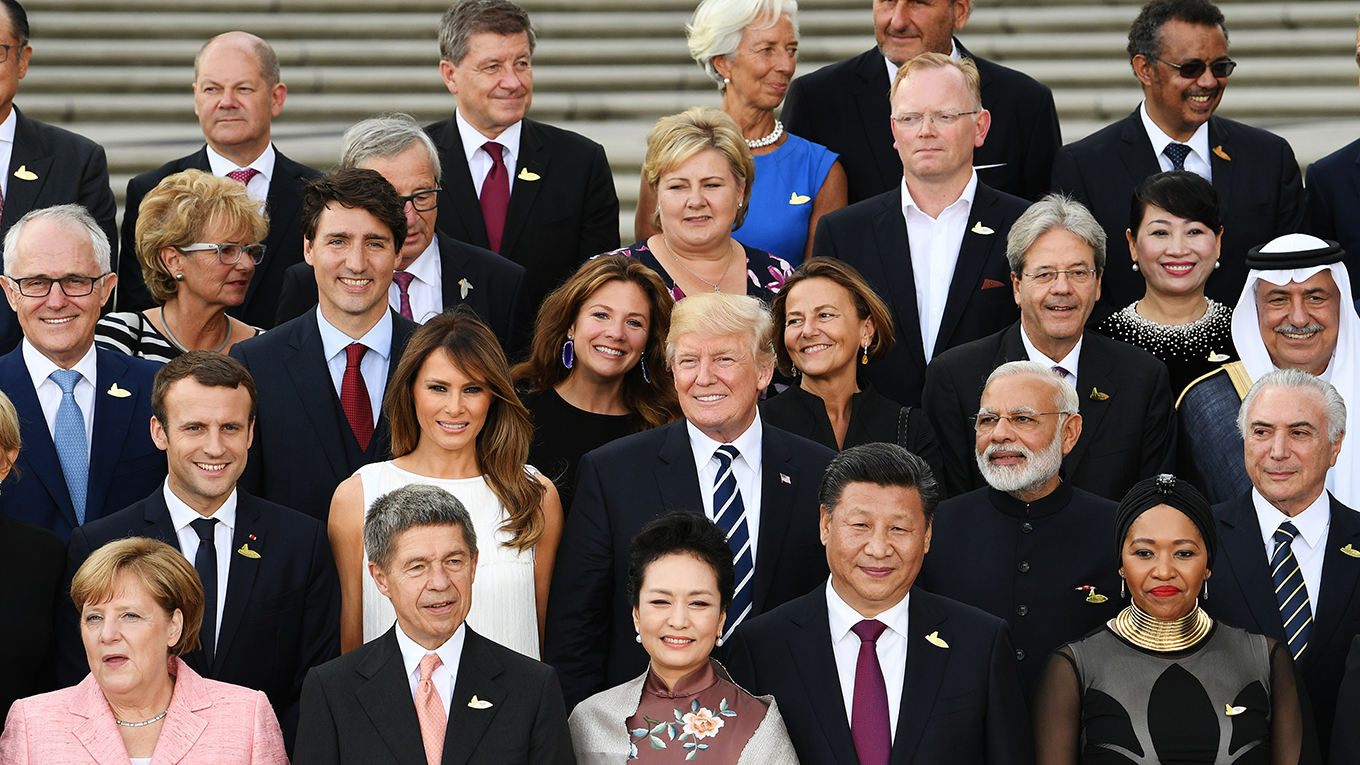
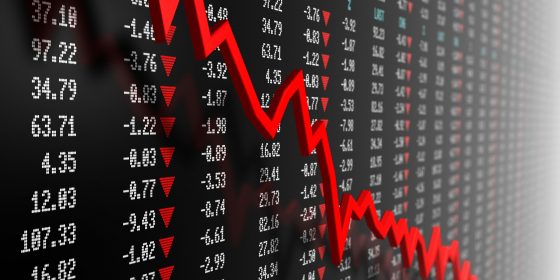
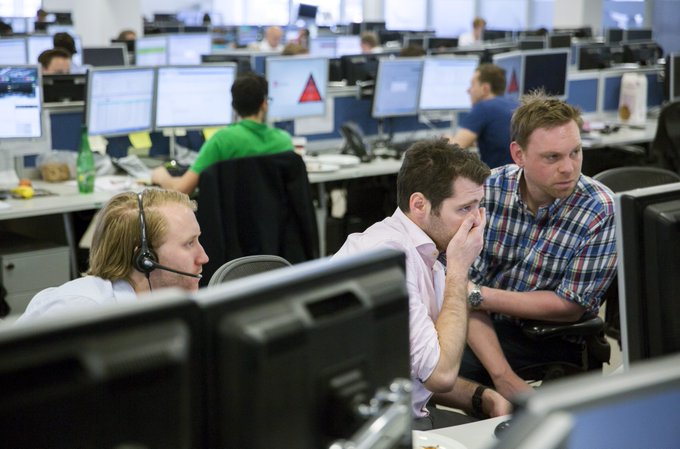
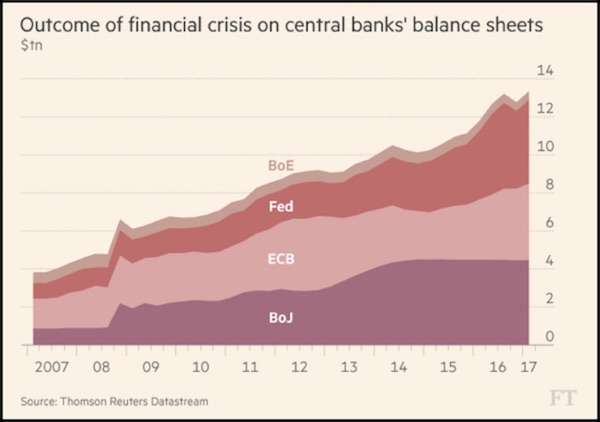 Source: Financial Times
Source: Financial Times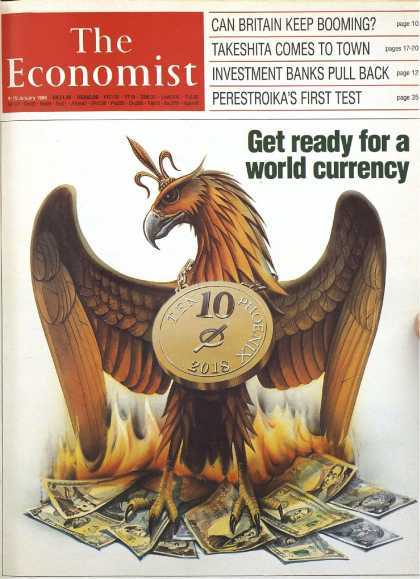
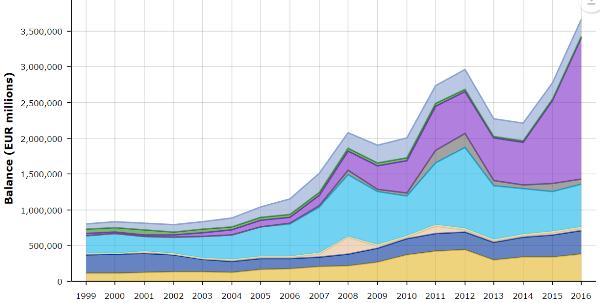



HONG KONG – Economists like me are asked a set of recurring questions that might inform the choices of firms, individuals, and institutions in areas like investment, education, and jobs, as well as their policy expectations. In most cases, there is no definitive answer. But, with sufficient information, one can discern trends, in terms of economies, markets, and technology, and make reasonable guesses.
In the developed world, 2017 will likely be recalled as a period of stark contrast, with many economies experiencing growth acceleration, alongside political fragmentation, polarization, and tension, both domestically and internationally. In the long run, it is unlikely that economic performance will be immune to centrifugal political and social forces. Yet, so far, markets and economies have shrugged off political disorder, and the risk of a substantial short-term setback seems relatively small.1
The one exception is the United Kingdom, which now faces a messy and divisive Brexit process. Elsewhere in Europe, Germany’s severely weakened chancellor, Angela Merkel, is struggling to forge a coalition government. None of this is good for the UK or the rest of Europe, which desperately needs France and Germany to work together to reform the European Union.
One potential shock that has received much attention relates to monetary tightening. In view of improving economic performance in the developed world, a gradual reversal of aggressively accommodative monetary policy does not appear likely to be a major drag or shock to asset values. Perhaps the long-awaited upward convergence of economic fundamentals to validate market valuations is within reach.
…click on the above link to read the rest of the article…